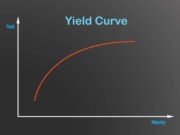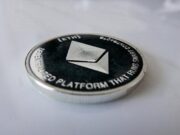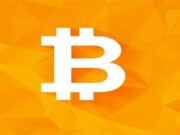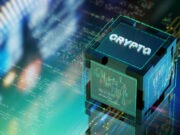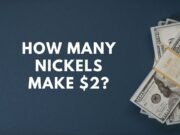What is an ‘Immediate Or Cancel Order – IOC’
An immediate or cancel order (IOC) is an order to buy or sell a security that must be executed immediately, and any portion of the order that cannot be immediately filled is cancelled. An IOC order is one of several “duration orders” that investors can use to specify how long the order remains active in the market and under what conditions the order is cancelled.
Explaining ‘Immediate Or Cancel Order – IOC’
Investors can place a variety of security trades that indicate a minimum price of a sell order or a maximum price before a sell order is filled. Orders can include other conditions, such as an instruction to fill the entire order or only a portion of the trade.
How Large Security Trades Are Filled
An IOC order requires all or part of the order to be executed immediately, and any unfilled parts of the order are cancelled. Partial fills are accepted with this type of order duration, unlike a fill-or-kill order, which must be filled immediately in its entirety or be cancelled. An IOC order may be used when a large order is submitted to the market. To avoid having a large order filled at a wide variety of prices, an IOC automatically cancels any part or the order that does not fill immediately. Assume, for example, that a client places an IOC order to purchase 500,000 shares of IBM common stock. Any portions of the 500,000 shares that are not purchased immediately are cancelled.
The Differences Between Market and Limit Orders
When a trader submits an order to buy or sell a security, he can use a market order or limit order, both of which control the price the trader receives. A market order instructs the trader to place the order as soon as possible and obtain the best available price (or prices). If the 500,000 IBM buy order is a market order, the trade fills for all shares at the best prices available. Since the order is large, the market order may fill at several different prices. A limit order, on the other hand, is filled at a specific price or better. For example, if the IBM buy trade is placed as a $50 limit order, the order does not fill until the stock trades at $50 or lower. By contrast, a $30 sell limit order does not fill until the stock trades at $30 or lower. Technical analysts often use limit orders.
Further Reading
- An open-source limit-order-book exchange for teaching and research – ieeexplore.ieee.org [PDF]
- The Study of Micro Structure in Indian Stock Market – www.indianjournals.com [PDF]
- Evidence of algorithmic trading from Indian equity market: Interpreting the transaction velocity element of financialization – www.sciencedirect.com [PDF]
- Regulating dark trading: Order flow segmentation and market quality – www.sciencedirect.com [PDF]
- Libra: Fair order-matching for electronic financial exchanges – dl.acm.org [PDF]
- On the dark side of the market: identifying and analyzing hidden order placements – papers.ssrn.com [PDF]
- High Frequency Trading: highway to financial hell or economic salvation: a comprehensive review of the High Frequency Trading literature – essay.utwente.nl [PDF]
- Trading rules, competition for order flow and market fragmentation – www.sciencedirect.com [PDF]
- Limit order flow, market impact and optimal order sizes: evidence from NASDAQ TotalView-ITCH data – papers.ssrn.com [PDF]






